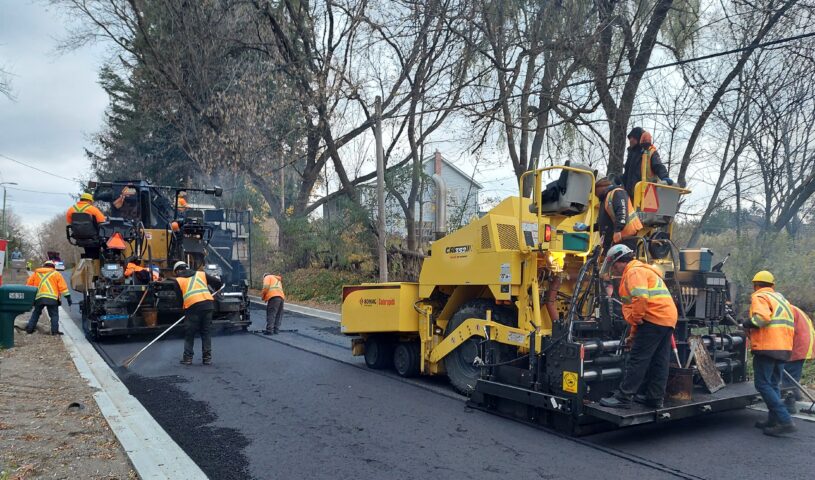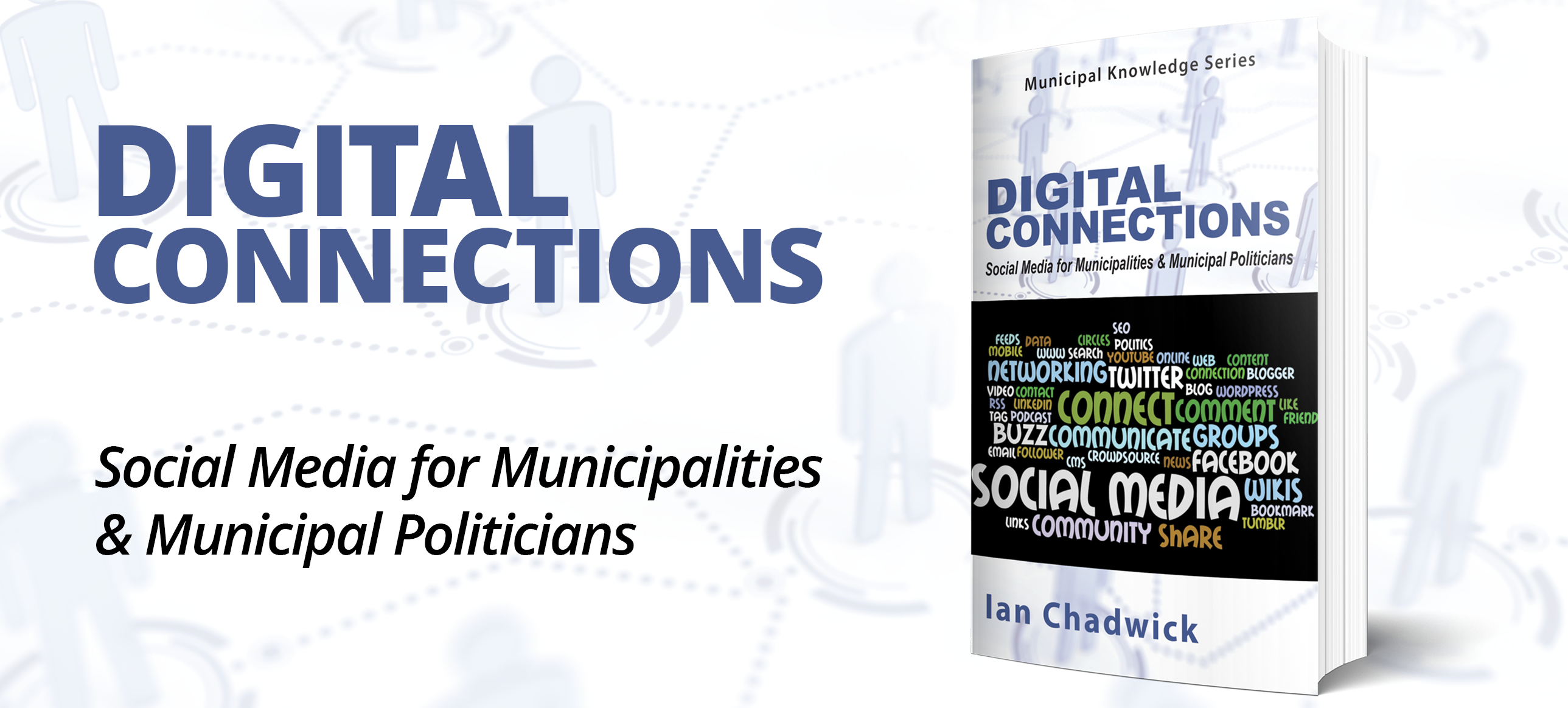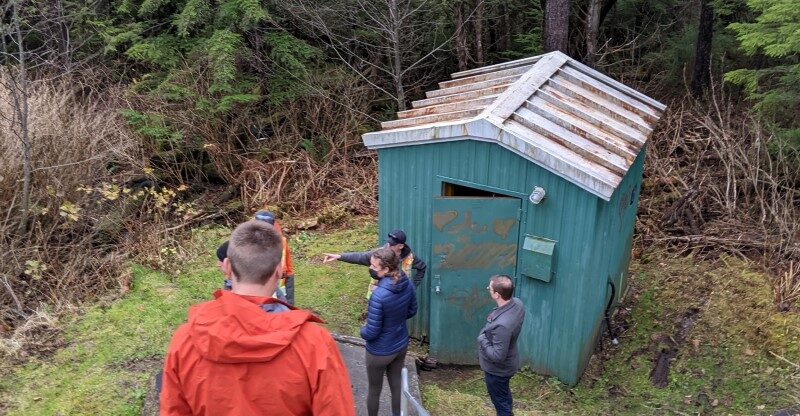The COVID-19 disruption

Leveraging change to improve public works capital construction
On Friday the 13th of March 2020, town staff received an email from the Town of Whitchurch-Stouffville that would have been unbelievable even a month earlier. A worrisome new virus was spreading globally, and although the local risk was considered low, a decision was made to close all municipal facilities and cancel all programs for a month to help prevent the virus from gaining a foothold in the community.
Ten days later, with evidence of community transmission, the town joined the province in declaring a State of Emergency and moved ahead with the next steps of its emergency plan. This disturbing and surprising turn of events brought into sharp focus the hazy understanding we once had of a developing health crisis that had been relegated to the far reaches of the globe. Whispers circulated between staff, contractors, and consultants – how long would this last, was it serious, and how would this impact our work?
The following weeks were filled with uncertainty as the full magnitude of the challenges ahead became apparent. We were at the very beginning of a global health crisis that would go on to claim millions of lives, decimate important sectors of the economy, and inflict emotional and financial hardships on people around the world. Catchphrases took hold – we “worked to flatten the curve” and “social distance” through “unprecedented times.” We spoke of kindness and understanding. Above all, we focused on maintaining the health and safety of staff and residents.
There were no easy answers, no prior experiences to fall back on, and no playbook to follow. With little choice but to adapt and move forward, we made informed decisions based on the best available information. Against this backdrop, we found ourselves in a unique position to lead our communities by reducing the physical and financial impacts of the pandemic, showing that behind every disruption lies an opportunity for change.
Continued Investment in Infrastructure
According to the Federation of Canadian Municipalities, an estimated 60 percent of Canada’s public infrastructure is owned by local, provincial, or territorial governments. Every $1 billion invested generates 18,000 jobs and promotes $1.6 billion in economic growth.
Many local governments quickly recognized both the value and economic duty of continued investment in major planned infrastructure work, particularly with road construction. Roads that were once bottlenecked during peak traffic were now moving smoothly, and off-peak travel was nearly non-existent. What better time to focus on the rehabilitation of crumbling road infrastructure? Something could now be done with an impossibly low impact to the traveling public.
Whitchurch-Stouffville developed and implemented pandemic health and safety plans that aligned with provincial and local best practices. Essential workers distanced and masked, handwashing facilities were provided, public interaction was limited, and work moved forward. Site meetings became conference calls, inspections were distanced, and the “office” became the center console or the kitchen table. Resident construction notices and door hangers were replaced with social media, podcasts, and a new public engagement platform that harnessed the knowledge, energy, and ideas of residents.
The town’s approach was adaptive and responsive, with the flexibility to make quick course corrections. Staff could lean into processes that worked and change the ones that didn’t. A continuous cycle of assessment, change implementation, outcome evaluation, and re-assessment developed, and with it a level of comfort with the uncertainty of the situation emerged within the team, knowing that there were tools to effectively manage it.
It was refreshing, exciting and – most importantly – it worked better.
Organizational Change Is Essential
It’s no secret that the inner workings of any public entity can be difficult to change. There are multiple checks, balances, approvals, and considerations that can seem, at least externally, overly bureaucratic. With the COVID-19 disruption, all orders of governments found themselves in a situation where the enormous task of implementing organizational change was not only possible, it was essential.
Changes came quickly under the guidance of the town’s senior leadership team with full support from elected officials:
- work from home;
- network access;
- call forwarding;
- MS 365 and mobile access;
- remote connectivity to important systems;
- digital paperwork and approvals;
- amended by-laws; and
- a new level of collaboration between departments.
Most importantly, the freedom to innovate, which had long been a focus of senior management, was now coupled with the need to innovate. Processes that once took weeks could now be completed within days. Project schedules could be developed with greater certainty, and time could be more productively and efficiently spent. The familiar refrain of “we’ve always done it this way” had finally met its match.
The town’s capital works program began carefully and purposefully, with a level of uncertainty that had never experienced before. As the various complexities of delivering a program in the COVID-19 environment were considered, project key performance indicators started to roll in showing significant improvements across the board:
- The annual asphalt road resurfacing was completed ahead of schedule, under budget, and with the fewest impacts to residents ever recorded.
- Construction deficiencies were down more than 80 percent and construction complaints were down more than 90 percent compared to the year prior.
- Hundreds of construction notices were replaced with an online communications platform, reaching more people more effectively, eliminating paper waste, and reducing the need for in-person contacts.
The town successfully completed virtual Public Information Centres and council meeting presentations for its Rail Crossing Safety Assessment and Road Reconstruction projects. Residents engaged virtually in the meeting, eliminating the need for physical meetings between stakeholders. The systems implemented provided greater efficiencies for the town, as well as flexibility for the residents to join and participate in council meetings.
Project Delivery Fundamentally Reshaped
By tackling tasks more efficiently with our new systems and processes, such as virtual site meetings, staff were able to reinvest time and efforts into innovative solutions for longstanding problems. Project needs were assessed with a newfound level of focus, and an innovative boulevard grass restoration program was successfully piloted. By utilizing Terra-seeding, this program promises to improve overall results while delivering nearly 60 percent cost savings over traditional topsoil and sod methods.
Internal coordination saw improvement as well. The necessity to work from home to maintain safe physical distancing drove a change in staff coordination, cooperation, and connectivity. Daily remote team check-in meetings were introduced. Team members were physically distanced but felt more connected than ever.
As 2020 came to a close, it was clear: the COVID-19 disruption had driven unprecedented change to the way we did business. But these changes resulted in the Town of Whitchurch-Stouffville’s most successful annual capital works program to date.
As we continue to navigate the long-term impacts of the pandemic, with some sense of returning to “normal” on the horizon, we now must consider exactly what normal should mean. The changes we’ve made have fundamentally reshaped our project delivery landscape and transformed our processes and procedures. We’ve learned that innovation is not only possible, but critical to long-term success. We’ve learned that we can be agile and quickly implement change. We’ve learned that there’s always an opportunity to find a better way of moving forward. MW
✯ Municipal World Insider and Executive Members: You might also be interested in Alexandre Nolet, Russell Brownlee, and Josée Dumont’s article: Role of road safety audits in Vision Zero strategies.
Patrick Heron, C.E.T., PMP, is Senior Project Manager – Water Treatment and Facilities with the Region of Peel. Heron was previously Senior Project Manager – Public Works with the Town of Whitchurch-Stouffville.
Sobanan Selvan, C.E.T, is Capital Projects Technologist – Public Works with the Town of Whitchurch-Stouffville.
Related resource materials:



